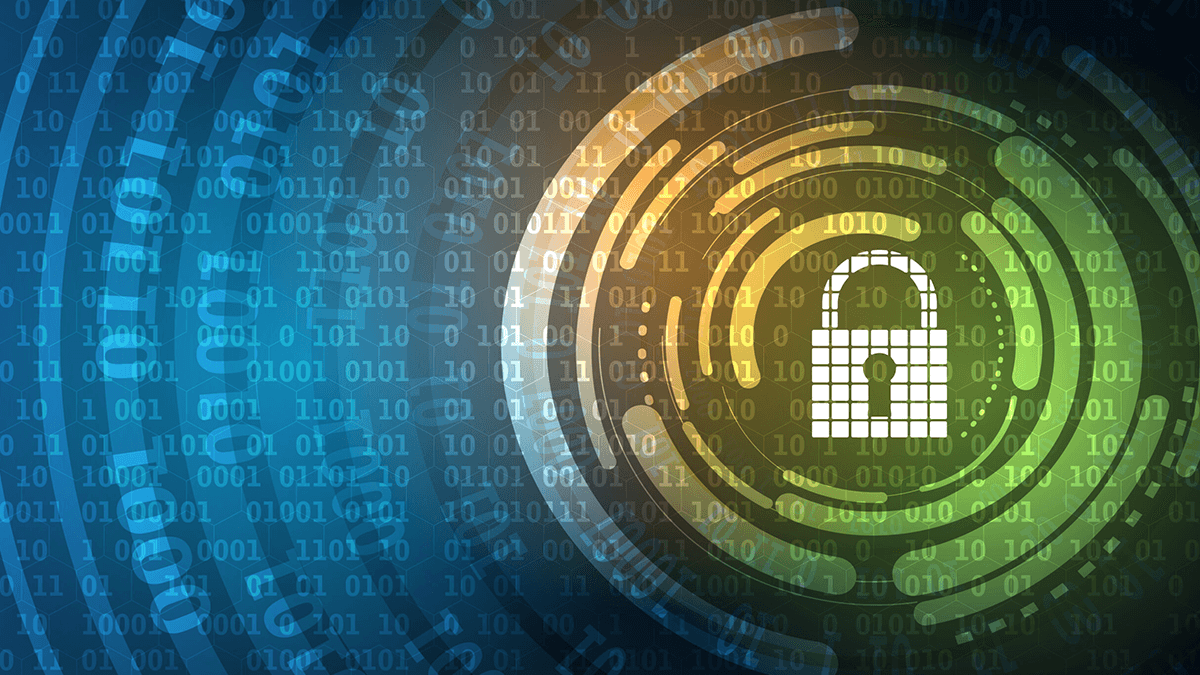IoT Device Security: Top 4 Ways to Secure Your Healthcare IoT Devices

Healthcare is one of the fastest-growing sectors of the IoT (Internet of Things) market. In the last few years, the sector’s value has reached more than $99 billion, and it is predicted to reach $486 billion by 2031. IoT Device Security to protect patient data and reduce the risk of cyberattacks is a top priority for healthcare leaders.
In the healthcare sector, IoT for medical devices s also recognized as IoMT (Internet of Medical Things). To comprehend how IoMT affects IoT overall, we should comprehend the numerous manners by which IoT devices can be utilized for medical care.
Undoubtedly, the Internet of Things is changing Healthcare. IoT has numerous healthcare applications that are beneficial to patients, doctors, families, emergency clinics, and insurance agencies. Likewise, the variety of IoT medical devices gives advantages to healthcare suppliers and their patients alike.
Why is IoT Device Security Important in Healthcare?
IoT has revolutionized medical device monitoring as well as patient care and well-being. It has also created a significant security risk. Medical service suppliers and IoT device security designers guarantee that they secure information gathered by IoT devices, but that doesn’t mean they’re impenetrable. In 2022, healthcare organizations across the world experienced an average of 1,463 cyberattacks devices per week against their IoT, a 74% increase from 2021. IoT devices could be used as an entry point for stealing critical information, disrupting medical operations, or even causing harm if not appropriately protected & secured.
To develop a secure environment against cyber threats and attacks, creating a secure IoT device is the first step. However, it is equally important to guarantee that IoT devices be monitored appropriately around the clock to protect against unmonitored devices falling into illicit hands. If a healthcare organization uses medical devices that are not protected and run on outdated operating systems, it could increase the chances of protected information being stolen.
Through proper classification of all IoT devices, regular employee training, and implementation of security protocols to the network, you can protect all medical devices from data breaches and risks. Once IoT devices on your network are properly managed, secured, and identified, you can easily track the device’s behavior and perform risk assessments.
4 Ways to Secure Your Healthcare IoT Devices
IoT Device Security Analytics
In healthcare, IoT devices are used to accomplish numerous purposes and are usually deployed in different environments. That’s why it is critical to follow and track all the activities by IoT devices, which is possible through IoT device security analytics.
IoT security analytics help you to mitigate the potential cyber threats in advance & track all the behavioral changes.These analytics also help to build a protection strategy against cyber threats by providing an opportunity for a closer look at the data generated by different devices.
PKI (Public Key Infrastructure)
Data breaches, hacking, and cyber threats have been increasing on a daily basis prompting the demand for PKI (Public Key Infrastructure), a proven security solution that authenticates devices and users in the online world. In the healthcare sector, PKI can be used to provide a security solution for encryption and authentication for all IoT devices.
Adopting PKI is one of the most effective ways to minimize the risk associated with transferring information between devices. Once your healthcare organization has certificates installed, you are able to authorize safe authentication of systems, users, and devices. Overall, PKI offers a cryptographic key used to identify a particular user and device on an online network.
IoT Device Security Software Updates
IoT devices need to be accessed remotely and connected via sensors to collect all data in the healthcare organization. Hackers primarily target remote devices connected to a network because they might have limited security provisions.
IoT software updates help IoT device security incorporate new features, provide secure remote management firmware, and identify and eliminate security threats or bugs. In terms of increasing security standards and minimizing the rapidly evolving cyber threats in a network, updating IoT device software is essential to keep devices up-to-date with the latest tech that addresses newly identified vulnerabilities.
Secure Cloud Platforms
Nowadays cloud platforms are the first preference for all kinds of organizations or businesses to store their data. Like other businesses, the healthcare sector uses a cloud platform to store and transfer the data on IoT devices. Thus, cloud storage protection is one of the primary concerns to protect healthcare from data breaches.
Authentication control are key to protect a cloud platform. This includes:
- Implementing multi-factor authentication
- Regularly monitoring and managing permissions
- Ensuring all users have unique, secure credentials
- Changing passwords at regular intervals
- Blocking the account for a defined time frame after repeated failed attempts
Increase IoT Device Security with Asimily
As IoT device usage is increasing in the medical sector, the demand for IoT device security is also growing. The rising interest in cybersecurity will drive the development for comparable requests, cloud-based applications, and IoT device security solutions.
Healthcare IoT device security isn’t just about identifying security risks and shielding data. It’s about building a strong relationship with clients for a prosperous future.
Asimily is the leading cybersecurity solution provider that helps you manage and secure connected IoT, IoMT, and Laboratory devices. Schedule a demo today to learn how Asimily can protect your connected devices from ransomware and malware attacks.
Secure Every IoT Device.
Automatically.
Cyber threats move fast — so should you. Asimily gives instant inventory and smart, prioritized risk mitigation insights for every IoT, OT, and IoMT device — so you can take action before threats strike.




